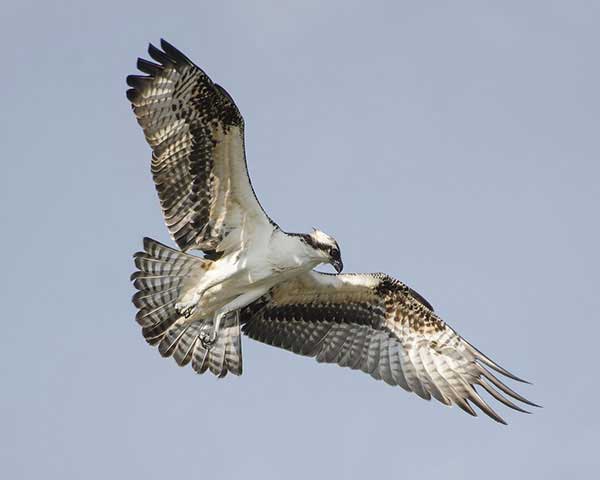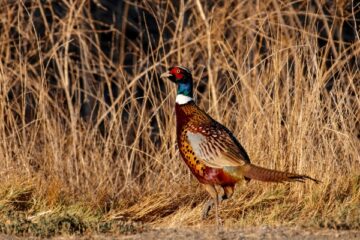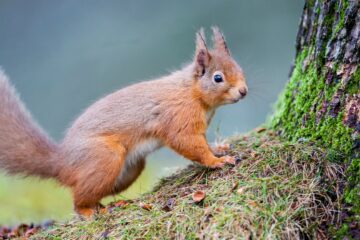The South-lakes birds have had a good year having returned from Africa late March, they were quick to settle onto their nest sites, these birds are generally site faithful this helps with looking after them. The good news is we were involved in 4 sites last year and this year 6. On one site a new pair have raised 2 young, we can tell from the rings on their legs they are both 3 year olds, both birds being born in South Scotland – looks like our Lake district colony is becoming more of an attraction as their range expands.

We had a scary moment at one of our prime sites at Esthwaite Water in Hawkshead, here you can watch the nest with live footage on the large TV screen in the Café. A horrified audience watched as the female began to eat her eggs, devouring one she turned to the others, thankfully she settled back down to incubate the remaining two. Nature being a wonderful thing we think the egg would have been infertile, the mother realising this, was just making use of the nutrients of the egg. With the cameras on a few of our sites it is also giving us some vital information into their lives, interestingly is how often flatfish from the sea are brought into the nests, even though it’s a 15 mile round trip back to the nesting site that have lakes close by.
Over the 6 sites we have ringed 11 chicks this year, last year we rung 9. We wish them a safe trip back to Africa and look forward to their return in a few years. The BASC Osprey Project is proud to be working with local landowners to provide advice and assistance to help such an iconic species recover from extinction, we are all looking forward to next season.
If you would like to know about the Osprey Project, contact Mike Thornley on mike.thornley@basc.org.uk



